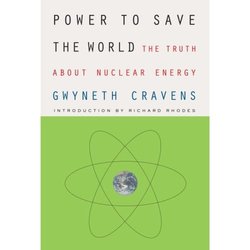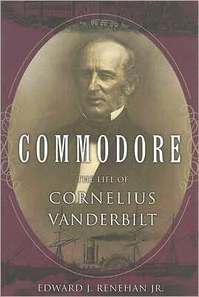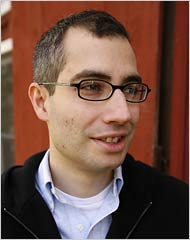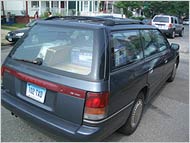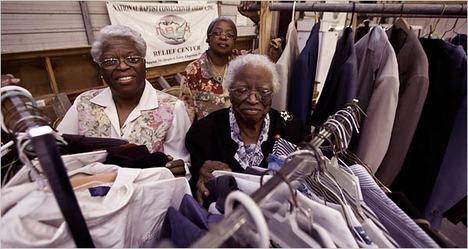(p. B1) While film still is central in big Hollywood features, it’s unclear how long it will be before even the biggest feature movies go all- digital. The buzz in technical movie-making circles these days involves the two-month-old, ultra-high-resolution digital Red camera. Boosters say it looks nearly as good as 35mm film — and costs around $30,000, or about the same as renting a 35mm camera for 10 days.
Thanks to cheap computers, a similar sort of creative destruction is happening everywhere in the industry. Color adjustment used to require expensive oscilloscope-like monitors. It first moved to specialized — and expensive — software, but lately it’s done with relatively low- cost (say, $200) “plug-ins” by companies like Red Giant Software.
For the full story, see:
Lee Gomes. “Editing on Big Films Is Now Being Done On Small Computers.” Wall Street Journal (Weds., Oct. 24, 2007): B1.

